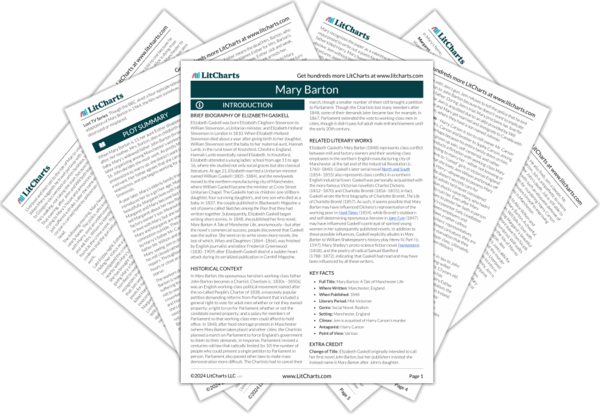Sally, in her superficiality, serves as a foil for Mary in a way that makes Mary look better to readers. Though Mary flirted with Harry, she is not obsessed with public opinion, clothes, and finding “a better beau” the way that Sally is. Thus, the novel positions Mary as a good girl who made a mistake with Harry, in contrast with the dangerously shallow Sally.
